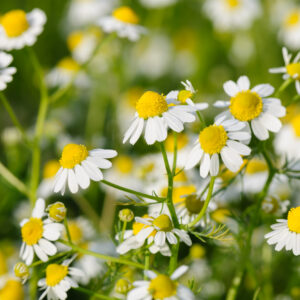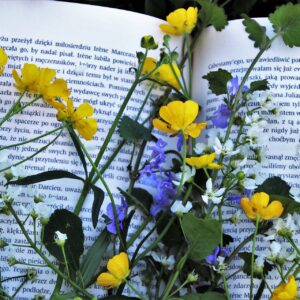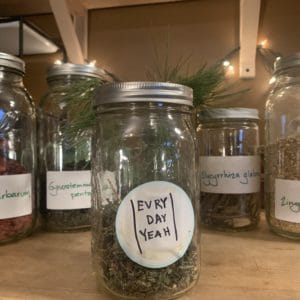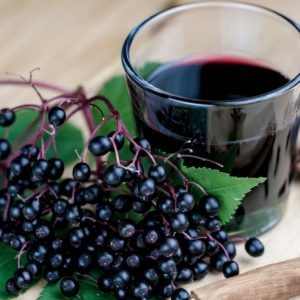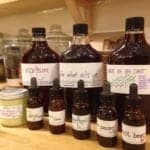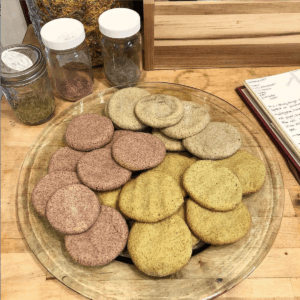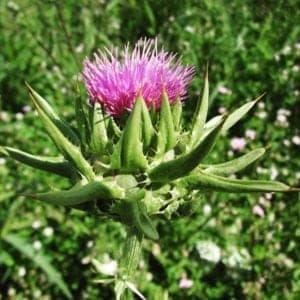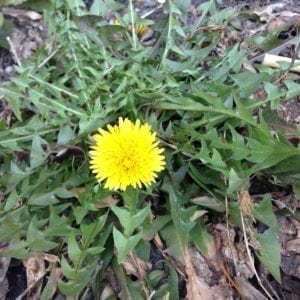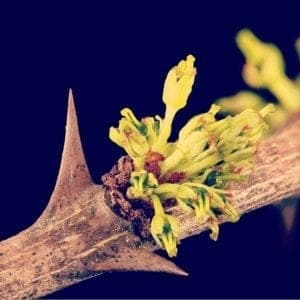Latest Blog Posts
When you’re an herbalist, it’s normal to get questions from people about herbs. Usually people ask what they think is a simple question, expecting a simple response: “What’s a good herb for IBS?” They expect you to say something like “Chamomile.” Which isn’t wrong, but the truth is a lot more complex than that! This was the…
Read MoreNow that i have your attention – don’t worry – i don’t mean stop studying forever!! Studying is really important – you can’t be an herbalist just on vibes. But study time isn’t the only thing you need… Let me explain, in three vignettes: 1. Fallow Fields Even early farmers understood that soil can’t…
Read MoreThis is a formula I’ve come to rely on when I have a big physical challenge to get through. I developed it in preparation for the MovNat Level 3 Certification course I took last year, and it sustained me throughout. I made up another batch before our last big move from one apartment to another,…
Read MoreYou may have read something on the internet somewhere about some study that was done, “proving” that Elderberry causes a cytokine storm. The most important answer that i can give you to this concern is this: If you are concerned, do not work with Elderberry. There are so many herbs in the world, helpful in…
Read MoreA while back, a person who listens to our podcast wrote me a letter asking, more or less, how do we get through a day as herbalists in this crappy system(s) that we are living in, and how do we do the most good where we are? They were thinking about colonization and racism and…
Read MoreExcited about the prospect of going to Herb School, but not sure how to pay for it? Why not crowd source your tuition? It’s not just a great way to raise funds, but it’s also an excellent study tool! Imagine it like this: You’re going to school to learn all about herbs, how to work…
Read MoreHere are some of the delicious gluten-free, dairy-free, soy/corn/other things-free treats I made for the holidays this year: Herbed Sugar Cookies Start with the recipe for the Ginger-Chamomile cookies. Instead of Ginger and Chamomile, powder white pine needles. Add 1 tablespoon at a time and taste – the flavor will come through a little more…
Read MoreMilk thistle (Silybum marianum) is one of the simplest herbs to work with, and one of the safest. It’s an excellent herb for beginners to work with, and at the same time it’s one we continue to turn to in our clinical practice, even for very complex cases. Safe and Simple Most herbs don’t work…
Read MoreOh, the dandelions! One of our earliest flowers and one of the last to hang on at the end of the season, dandelions (Taraxacum spp.) are with us for most of the year here in New England. They’re cosmopolitan, human-following plants, found all over the world. They’re weeds – that is to say, resilient and…
Read MoreThe southern prickly ash (Zanthoxylum clava-herculis) and the eastern prickly ash (Z. americanum) are relatives of the Sichuan hot pepper (Z. simulans, Z. bungeanum). This is a spice, by the way, that is safe for people with nightshade allergies, who shouldn’t consume cayenne or other hot peppers which are in the nightshade family (the Solanaceae).…
Read More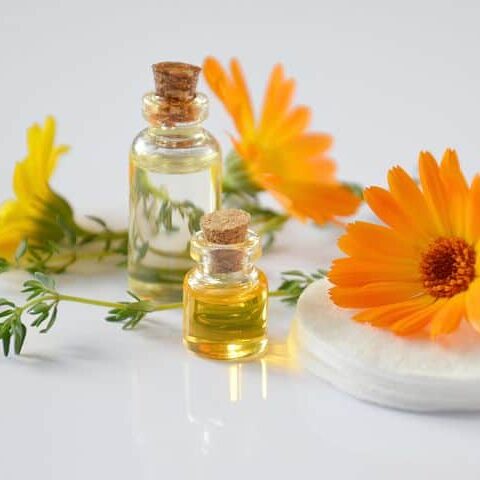
Join our newsletter for more herby goodness!
Get our newsletter delivered right to your inbox. You'll be first to hear about free mini-courses, podcast episodes, and other goodies about holistic herbalism.

